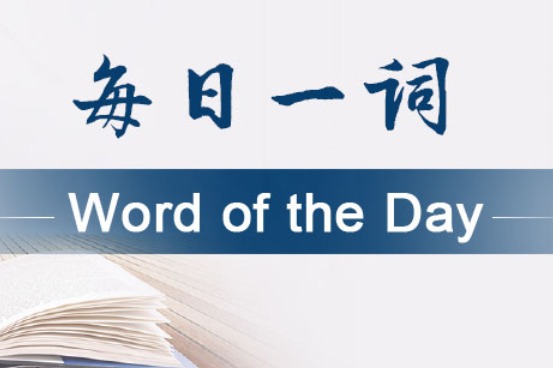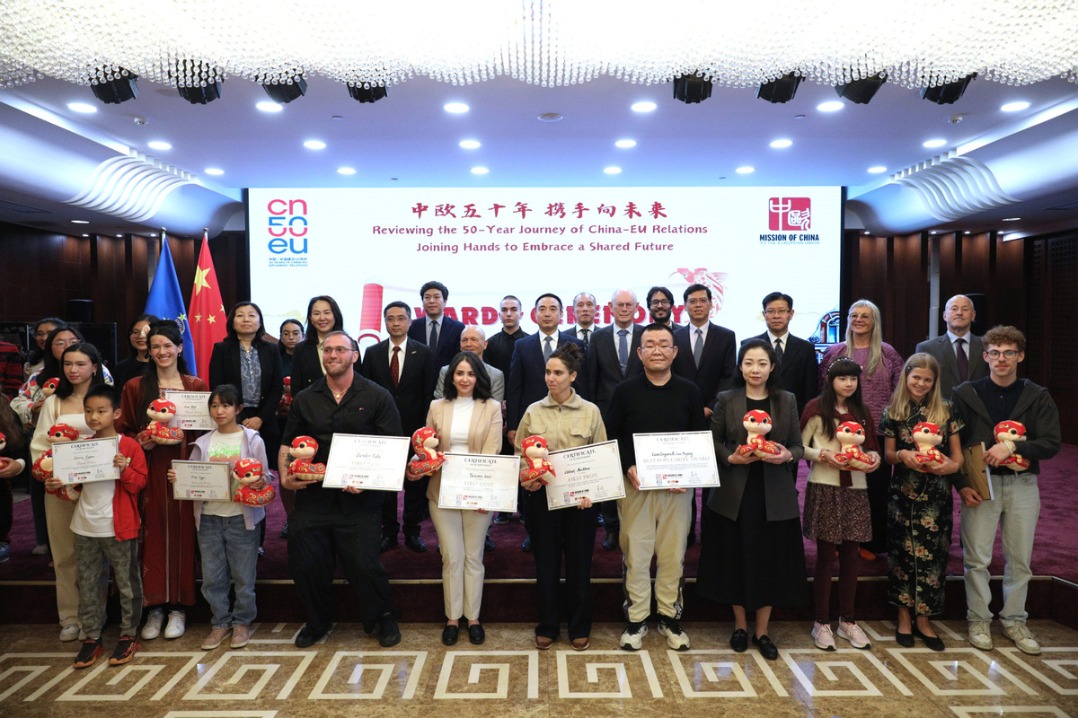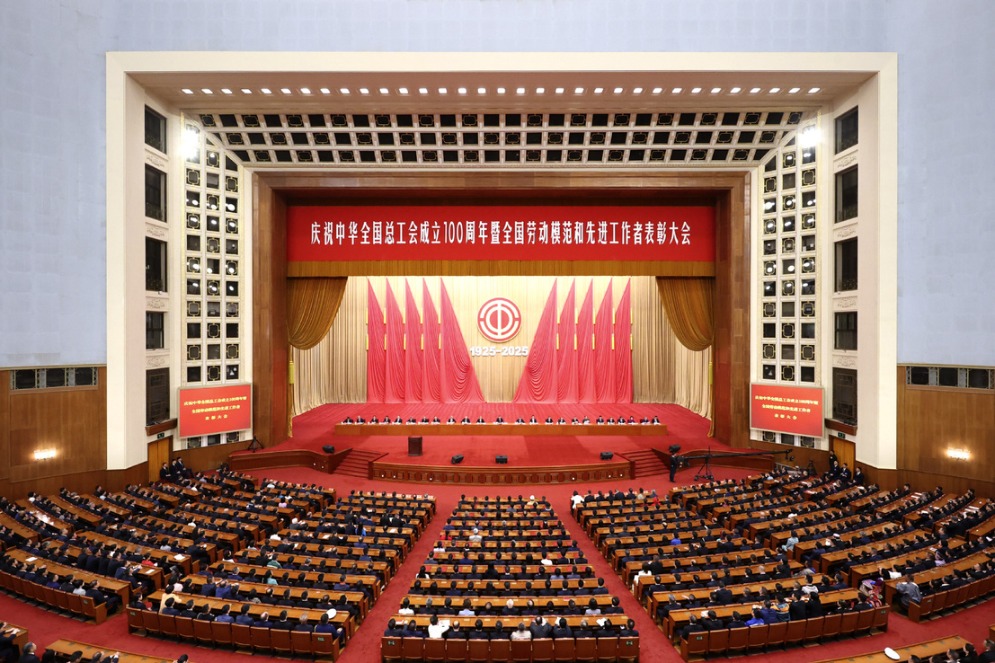北京发布最新一轮PM2.5源解析 主要来自机动车
中国日报网 2018-05-15 10:48

5月14日,北京市发布了新一轮的细颗粒物(PM2.5)来源解析最新研究成果。
Coal burning is no longer a major source of PM2.5 in Beijing, while car emissions have become the top cause, according to a study released by Beijing's environment watchdog Monday.
北京市环保局周一发布的研究结果显示,燃煤不再是北京细颗粒物(PM2.5)的主要来源,机动车排放成为首要污染物来源。

PM2.5来源分为本地排放(locally generated pollutants)和区域传输(pollutants transported from other regions)两部分。本次研究显示,北京目前PM2.5本地排放占2/3,区域传输占1/3。
现阶段本地排放贡献中,移动源(mobile sources)、扬尘源(dust)、工业源(industrial sources)、生活面源(living-related sources)和燃煤源(coal consumption)分别占45%、16%、12%、12%和3%,农业及自然源(agricultural and natural sources)等其他约占12%。燃煤基本退出北京大气PM2.5主要贡献源的行列。
移动源主要包括柴油车(diesel vehicles)、汽油车(petrol vehicles)、进京及过境柴油车(diesel vehicles entering or passing Beijing)、非道路机械(non-road machinery)、航空(airplanes)、火车(trains)等等。
移动源中,在京行驶的柴油车贡献最大,扬尘源中,建筑施工(construction dust)和道路扬尘(road dust)并重,工业源中,石油化工(petrochemical industry)、汽车工业(automobile industry)和印刷(printing)等排放挥发性有机物工业行业的贡献较为突出,生活面源中,生活溶剂使用等约占四成。
此次公布的源解析研究称,区域传输占26%-42%,约三分之一。
The worse the air pollution in Beijing is, the bigger the contribution from outside pollutants, the latest research found. When the capital has been hit with heavy pollution, the proportion from outside pollutants went up by about 55 to 75 percent.
此次研究发现,北京污染级别越高,区域传输贡献就越大。重污染日区域传输占55%-75%。
【相关词汇】
空气质量指数 air quality index
沙尘天气 sand and dust weather
可吸入颗粒物 PM10
可入肺颗粒物 PM2.5
颗粒物质 particulate matter
建筑扬尘 construction dust
道路扬尘 road dust
汽车排放 vehicle emission
(中国日报网英语点津 马文英)

















 英语点津微信
英语点津微信 双语小程序
双语小程序